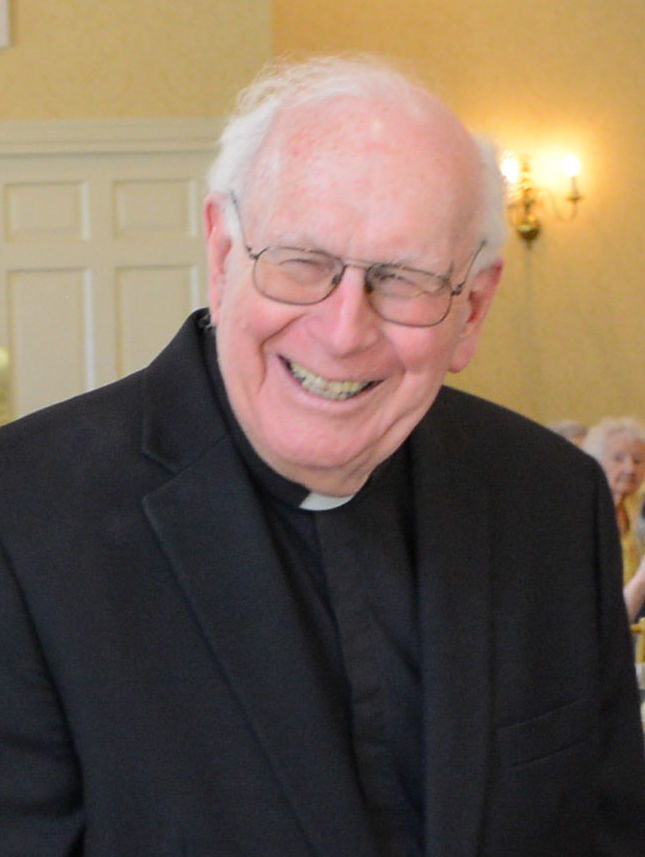

Both Filippo and Antonio — and their families — were devout Catholics. As a matter of fact, one commentator suspected that the Filicchis would have been of more interest to historians had they not been Catholic.
Having been introduced to the Filicchis in Italy and Elizabeth Ann Seton in New York City, we now turn to France and the Napoleonic Wars, a series of global conflicts (1803-1815) in which Napoleon led the French Empire and its allies against various European powers and their allies. Until the British defeated the joint Franco-Spanish navy in the Battle of Trafalgar in 1805, the French were a formidable sea power. During that period, the French took several of William Seton's merchant ships, leading to his bankruptcy. He had battled tuberculosis for some years, and in bankruptcy, his conditioned worsened.
In 1803, shortly after the bankruptcy and William's deteriorating physical condition, William, Elizabeth and their 8 year-old daughter, Anna Marie, traveled to Italy in the hopes of "the cure." Following a 56-day passage on The Shepherdess, they arrived in Leghorn (Livorno) Italy, only to be quarantined in Spartan conditions, lest they be carrying yellow fever. They were released from quarantine after 25 days, during which Filippo and Mary Filicchi provided them with food and warm blankets — William died eight days later. When they had been released from quarantine, the family had traveled 15 miles by carriage to Antonio and Amabilia Filicchi's villa in Pisa.
"How happy would we be, if we believed what these dear souls believe: that they possess God in the Sacrament, and that He remains in their churches and is carried to them when they are sick! O, my! . . . how happy would I be, even so far away from all so dear, if I could find You in the church as they do . . . how many things I would say to You of the sorrows of my heart and the sins of my life."
William had died in December but Elizabeth's return to the United States was delayed until April. During that time the Filicchi family actively encouraged her to consider embracing the Catholic faith, answered her questions about their faith, and provided her with books explaining the Catholic faith.
Upon her return to New York, Elizabeth continued to be attracted to the Catholic faith, while at the same time experiencing increasing rejection from family and friends who came to know of that attraction. Throughout this period of discernment, she corresponded with Antonio Filicchi, who encouraged her, put her in contact with holy priests, and recommended her to Bishop Carroll. She made her decision, and she and her children were received into the Catholic Church in March, 1805. A year later, on Pentecost 1806, she was confirmed in St. Peter's Church by Bishop Carroll — it was their first meeting.
Her family disowned her — both socially and financially — adding to the financial difficulties the family had experienced since the bankruptcy. One of the plans she had to support her family was to open a boardinghouse for schoolboys, but parents withdrew their children when they learned that she was Catholic.
During this period, and continuing, Elizabeth and Antonio Filicchi were in correspondence, and their letters reveal that Antonio had become a trusted adviser, a financial backer, the surrogate father to Elizabeth's sons, and a close friend.
A wealthy donor bought 269 acres of land near Emmitsburg for a motherhouse and school. The women, now the Sisters of Charity of St. Joseph, moved in July 31, 1809. They opened St. Joseph's Academy and Free School on May 14, 1810. They struggled financially in the early years as they improved the Spartan facilities for the benefit of both the Sisters and their students — Antonio Filicchi continued his support. In 1812 the community adopted their rule in the spirit of St. Vincent de Paul and St. Louise de Marillac. Vocations flourished, and further foundations were made by the community. Mother Seton died on January 4, 1821. She was beatified on March 17, 1963, and canonized on September 14, 1975.
Neither Antonio nor Filippo Filicchi have been canonized, but I still see them and their wives as "saints behind the saint." Without their support — and more importantly, their witness of living the Catholic faith — would Elizabeth Ann Seton have become Mother Seton? The way they lived their faith drew her to Catholicism. The way we live our faith could have a similar effect on others.